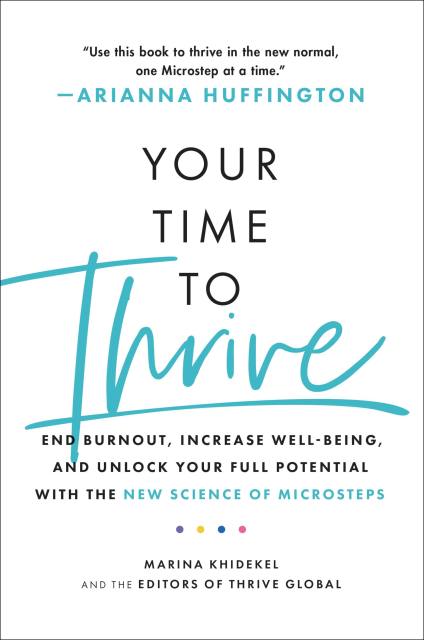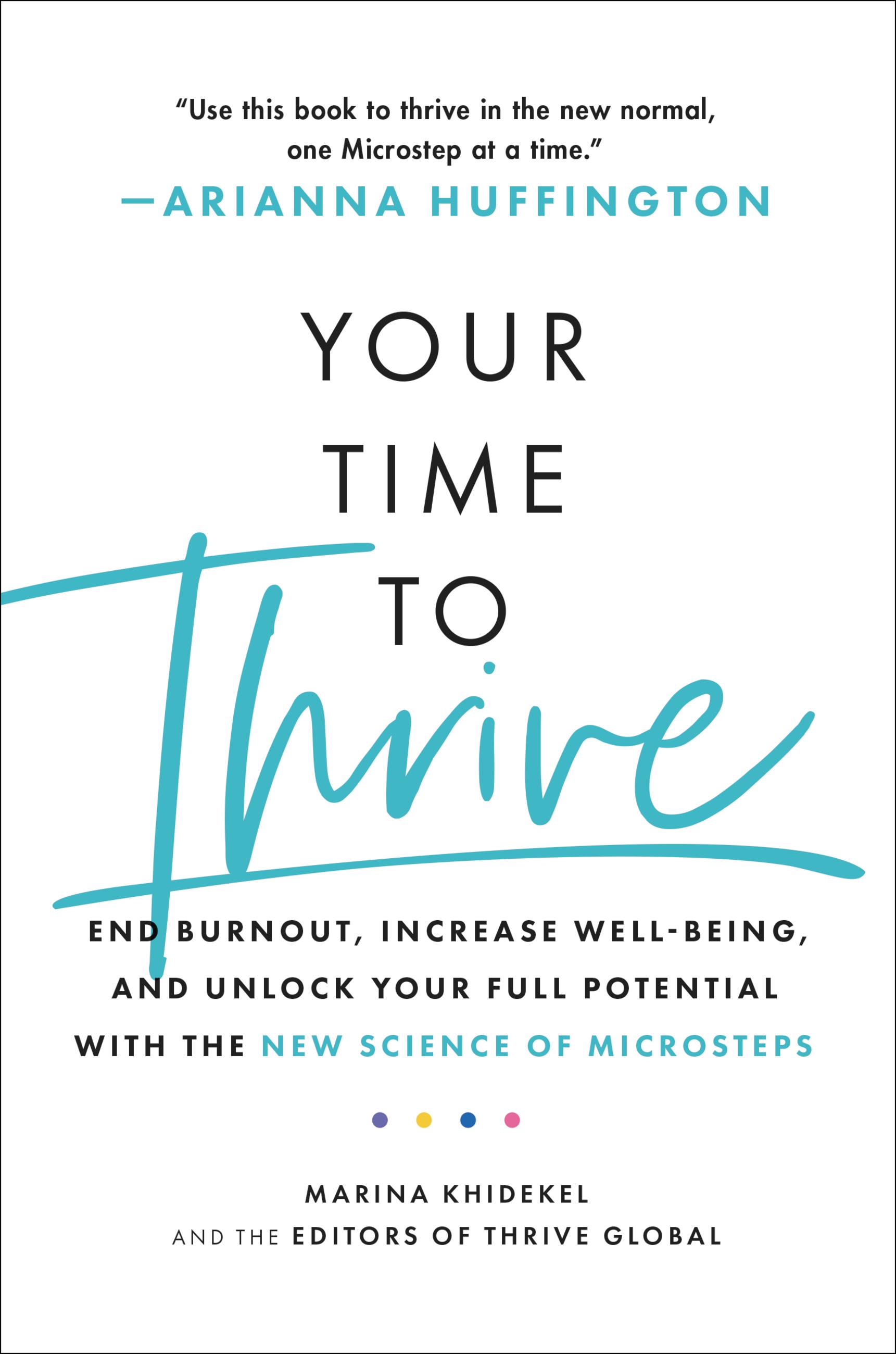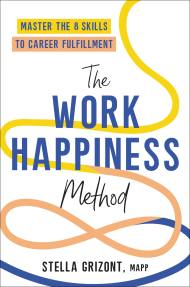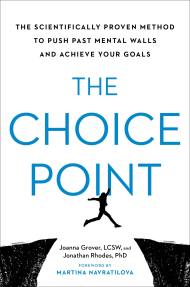Promotion
Use code MOM24 for 20% off site wide + free shipping over $45
Your Time to Thrive
End Burnout, Increase Well-being, and Unlock Your Full Potential with the New Science of Microsteps
Contributors
Formats and Prices
Price
$13.99Price
$17.99 CADFormat
Format:
- ebook $13.99 $17.99 CAD
- Audiobook Download (Unabridged) $18.99
- Trade Paperback $18.99 $23.99 CAD
This item is a preorder. Your payment method will be charged immediately, and the product is expected to ship on or around March 23, 2021. This date is subject to change due to shipping delays beyond our control.
Also available from:
This revolutionary guide to real change introduces microsteps—tiny, science-backed changes that will help you get your life back on track.
Live the life you want, not the life you settle for.
Live the life you want, not the life you settle for.
Helping people build healthy new habits that improve their lives is more important than ever. Arianna Huffington launched Thrive Global to do just that–Thrive's specific mission is to end the epidemic of stress and burnout and help individuals and companies unlock their greatest potential. Science continues to show that we don't have to sacrifice our well-being in order to succeed; in fact, it turns out that well-being is critical to peak performance. Learning to thrive means:
- Moving from awareness to action – from knowing what to do to actually doing it
- Embracing solutions that appeal to wisdom, wonder, intuition, reflection, and are steeped in science
- Taking the time to rest and recover in order to fuel and maximize productivity, both personal and professional
- Making the mindset shifts and habit changes that supercharge performance in ways that truly matter to us
Eschewing trendy self-care fixes or the latest health fads, Your Time to Thrive is the revolutionary guide to living and working based on Microsteps–tiny, science-backed changes. By making them too-small-to fail, we can incorporate them into our daily lives right away, and begin building healthier ways of living and working. This book is a Microstep bible. With chapters dedicated to sleep, nutrition, movement, focus and prioritization, communication and relationships, unplugging and recharging, creativity and inspiration, and purpose/meaning, Your Time to Thrive shares practical, usable, research-supported mini-habits that will yield huge benefits and empower people to truly thrive in all parts of their lives.
Genre:
- On Sale
- Mar 23, 2021
- Page Count
- 272 pages
- Publisher
- Hachette Go
- ISBN-13
- 9780306875113
Newsletter Signup
By clicking ‘Sign Up,’ I acknowledge that I have read and agree to Hachette Book Group’s Privacy Policy and Terms of Use







